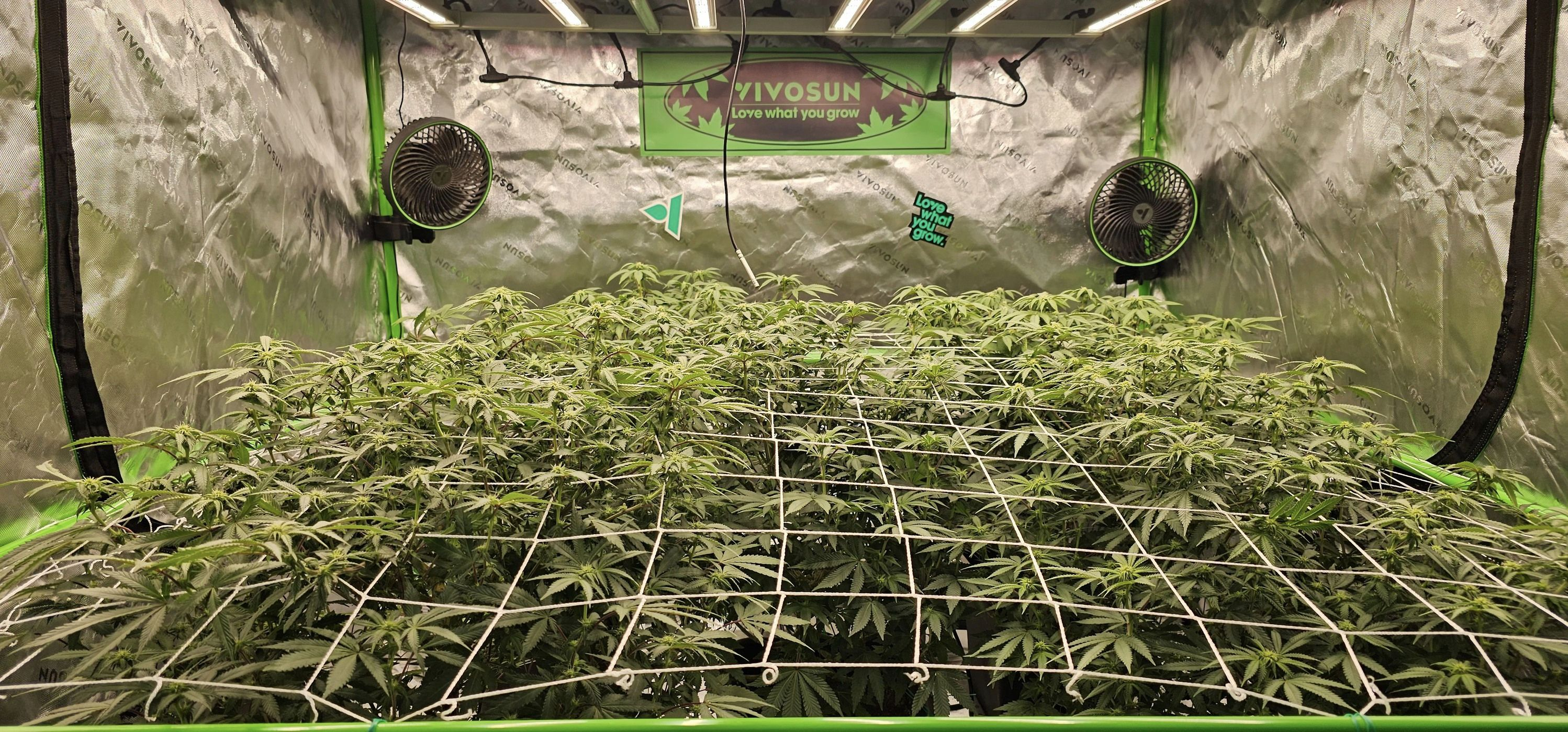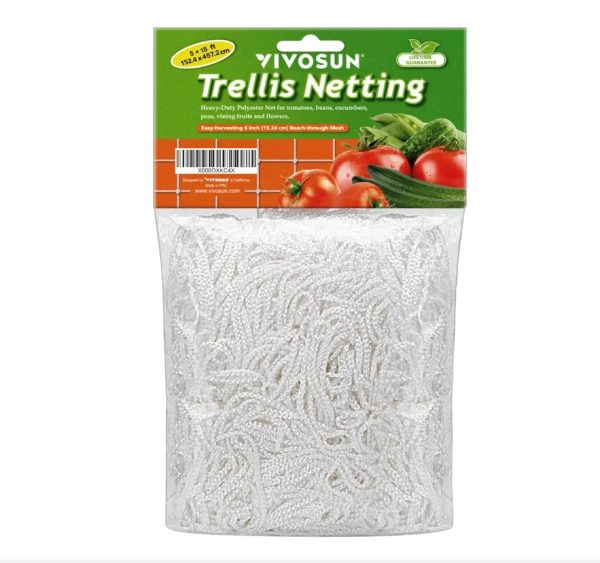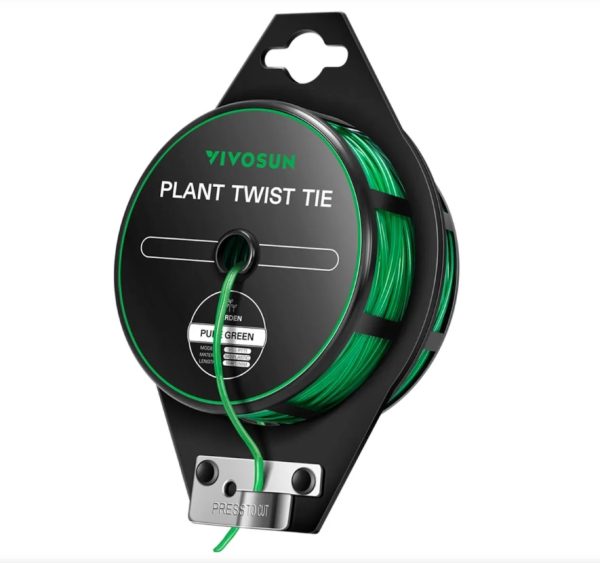In my journey as a cannabis grower, I’ve come to realize the critical importance of mastering various training techniques. Among these, the Screen of Green (Scrogging) method stands out in optimizing yields and maximizing the potential of my plant. As I delved deeper into cannabis cultivation, I discovered that Scrogging isn’t just about growing plants; it’s about sculpting an environment where each bud thrives to its fullest potential. In this article, I’m gonna share my insights into Scrogging, detailing its benefits, techniques, and practical tips for implementation. Whether you’re a novice or experienced grower, understanding Scrogging can elevate your cultivation game and unlock the true potential of your cannabis garden. Join me as we explore the transformative power of Scrogging and learn how to harness it for bountiful harvests.
Table of Contents
What is Scrog?
Scrogging, short for “Screen of Green,” is a popular low-stress training method used by cannabis growers to increase yields and control plant size. It involves weaving and tucking the plant’s branches through a horizontal screen or net, creating an even canopy for maximum light exposure and airflow.

Benefits of Scrogging
Scrogging offers several benefits, including increased yields, better light distribution, improved airflow, and more efficient use of grow space. By controlling the plant’s height and shape, you can grow multiple plants in a smaller area, making it an excellent technique for indoor and space-limited grows.
When to Start Scrog
Scrogging during the Vegetative Stage
Scrogging during the Flowering Stage
Plant Training Instructions
Implemention of Scrogging
Materials Needed for Scrogging
To get started with scrogging, you’ll need a few essential items:


Setting Up the Scrog Net
Place the scrog net or screen above the plant’s canopy, typically around 12-18 inches (30-45 cm) above the growing medium. Adjust the height as needed to accommodate the plant’s growth. Secure the net or screen in place using supports or a frame to prevent sagging.
Combining Scrogging with Other Methods
Lollipopping
Lollipopping is a defoliation technique that involves removing the lower branches and growth to improve airflow and direct energy towards the main bud sites. Combining lollipopping with scrogging can further enhance yields and bud quality.
Defoliation
Selective defoliation, or the removal of fan leaves, can be used in conjunction with scrogging to improve light penetration and airflow to the bud sites. However, be cautious not to defoliate too aggressively, as it can stress the plant and hinder its growth.
FAQs
When is the best time to start scrogging?
The best time to start scrogging is during the early vegetative stage, when the plant is still young and pliable.
Can I scrog autoflowering strains?
Yes, you can scrog autoflowering strains, but you’ll need to be more diligent in your timing and training, as autoflowers have a shorter vegetative phase.
How often should I water and feed my scrogged plants?
Watering and feeding schedules for scrogged plants are similar to those for untrained plants, but you may need to adjust based on the increased growth and bud development.
Can I combine scrogging with other training methods?
Yes, scrogging can be combined with other training methods like topping, fimming, and lollipopping for even better results.
How do I deal with pest or mold issues in a scrogged grow?
Maintaining good airflow and preventing overly dense growth is crucial for preventing pest and mold issues in a scrogged grow. Regular inspections and proper environmental control are also essential.
Conclusion
Scrogging is an effective and low-stress training technique that can significantly improve your cannabis yields and grow quality. By creating an even canopy and maximizing light exposure, scrogging encourages the development of more bud sites and denser, higher-quality buds. With proper preparation, patience, and attention to detail, even novice growers can reap the benefits of this versatile method.








